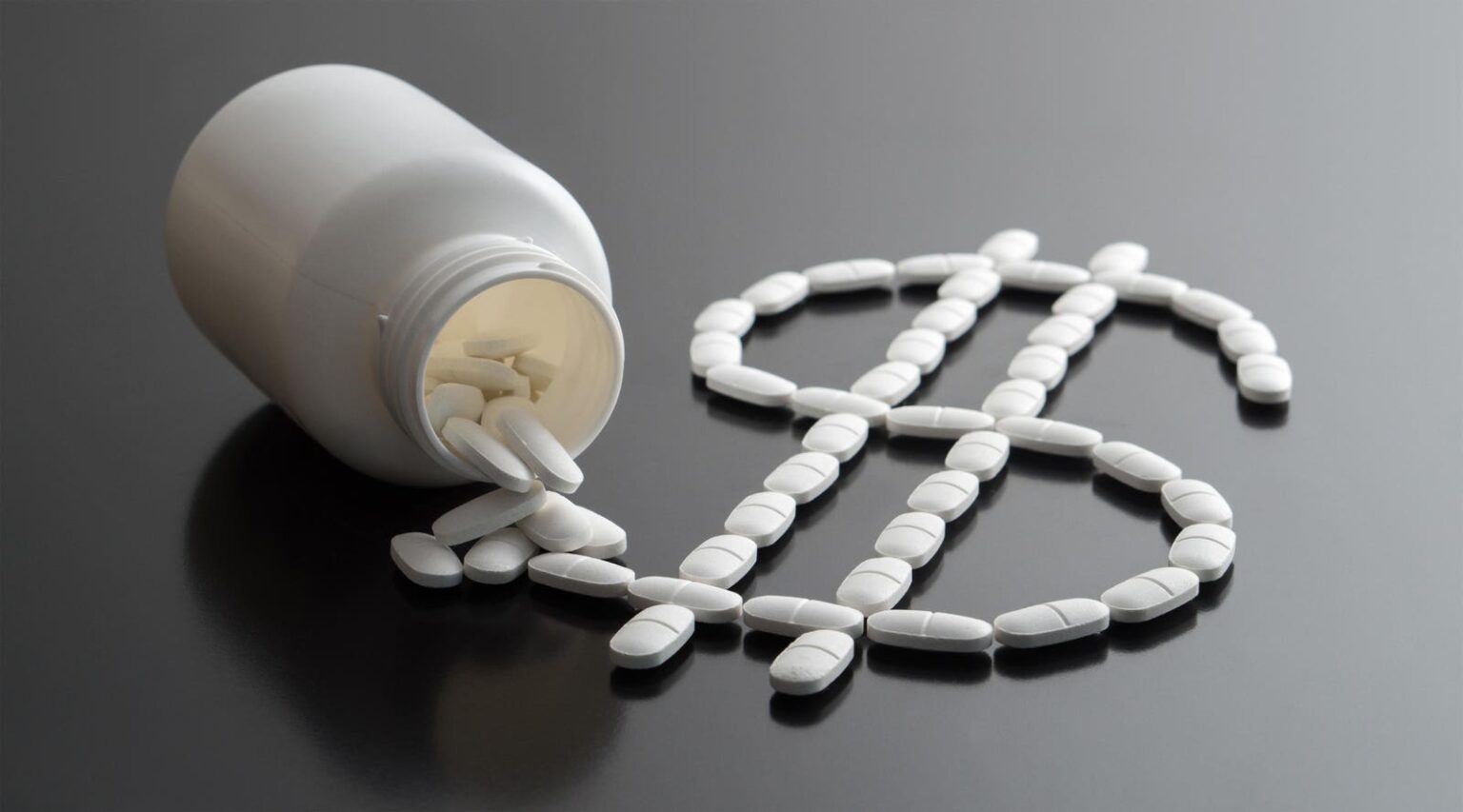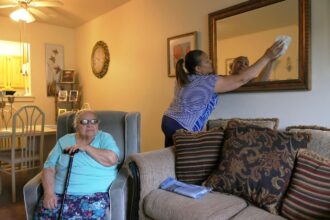We are only two weeks into the 2023 Medicare Open Enrollment Period, and I have encountered four people who are very dissatisfied with their plan. They complained that the copayment for a new drug is “insane” or “ridiculous.”
These individuals have two things in common. They are all unhappy that they are paying way too much, and unbeknownst to them, the drug is not covered by their Medicare Part D plan.
They have questions about the cost situation. So, here are some answers.
Why Is A Drug Not Covered?
There are two reasons. This can happen whether you have a stand-alone Part D drug plan or a Medicare Advantage plan that includes drug coverage.
1. The pharmacy is out-of-network.
Technically, the medication is covered but the pharmacy isn’t in the plan’s network. The result: You pay full price for the drug.
2. The drug is not on the plan’s formulary (list of covered medications).
Medicare identifies protected classes of drugs, such as anticonvulsants and antipsychotics, that every Part D and Medicare Advantage plan with drug coverage must list on its formulary. Beyond those classes, a plan must cover at least two drugs in every other class. Two of these clients were taking a particular insulin that was not on the plan’s formulary.
What Are The Repercussions If You Take A Noncovered Drug?
The first, and probably most significant, is that you pay full retail cost. For example, a common drug for blood clots has a retail price in one plan of $545. A specialty medication for treatment of arthritis is more than $6,000.
A second repercussion is more in the weeds. What you pay for this noncovered drug does not move you through the Part D payment stages. If you pay hundreds of dollars for a covered drug, you could land in Catastrophic Coverage and not pay anything for medications the remainder of the year. But that won’t happen if a drug is not covered. You’ll just keep pulling out your credit card.
Why Did This Happen?
The physicians sent an order to the patients’ pharmacy of choice that filled the prescription and delivered it. The patients never asked questions because rising drug costs are just a sign of the times. It’s possible that the pharmacy staff members were just too busy to check or communicate with these individuals, which may be another sign of the times, as a recent USA Today report noted.
What Can You Do To Prevent This?
- Make sure the pharmacies you use are in your plan’s network.
- Then, if the price seems out of line, ask a pharmacy staff member what’s going on.
- Better yet, be proactive. Log into your medicare.gov account, add the drug to your list, and then check out your plan’s details. By clicking a couple of links, you’ll see the coverage status and how much you can expect to pay.
What Can You Do About A Noncovered drug?
If the drug is not on your plan’s formulary, you have options.
- For a brand-name medication, ask your doctor whether a generic equivalent might work. I have found that if there is an acceptable generic drug available, plans tend not to cover the brand-name one.
- Find out whether there are any other prescription drugs in your plan’s formulary that would be effective. This is what two people I work with who take insulin are discussing with their physicians.
- Ask your physician to submit a formulary exception, a request to obtain a Part D drug that is not included on a plan’s formulary. The physician’s statement must prove the noncovered drug is necessary to treat the medical condition and no alternatives on the formulary would work. If the plan denies the request, there is an appeals process.
- Check out whether a coupon or discount card would save money. You must do this outside of Part D coverage. So, tell the pharmacist not to process it through the insurance.
- Pay for the drug out of your own pocket. This may be the last resort for a vital medication.
- Investigate other plans during the Medicare Open Enrollment Period, which runs through December 7. There’s a good chance you can find one that will work and save money in the process.
Read the full article here










